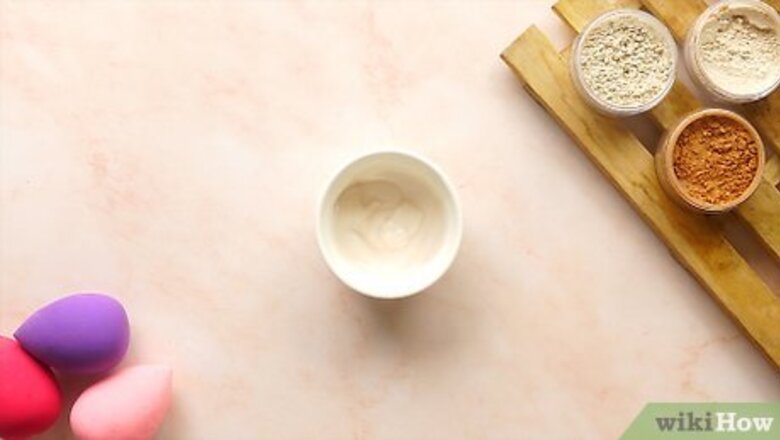
views
Moisturizer and Powder
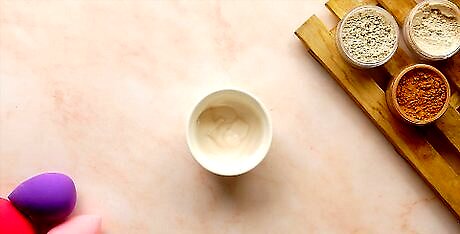
Use moisturizer as a base. To begin, squeeze a small amount of moisturizer into your hand or a small container. If possible, use moisturizer that is non-comedogenic: that will not cake onto your skin and create acne. Some moisturizer products will cake onto your skin and clog your pores, creating an ideal environment for acne. If you tend to get acne, then a non-comedogenic moisturizer might truly be a wiser choice.
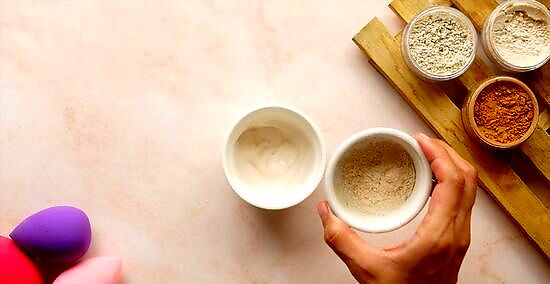
Mix in powder that matches your skin tone. If you don't have the exact color, add lighter and darker powder until you have a mixture that is thick and opaque enough to serve as a concealer.
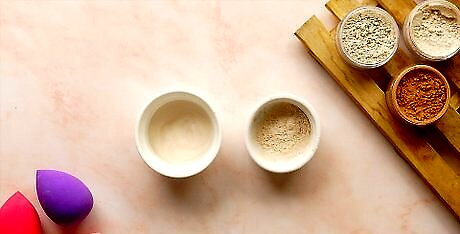
Aim for about equal parts powder and moisturizer. You may need to go through a bit of trial and error to get the proportions right. Alternatively, look for tinted moisturizer. You may be able to find a moisturizer product that matches your skin tone, which will remove the need to color the concealer.
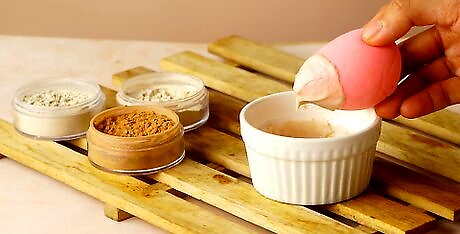
Apply it to your skin. Use the homemade concealer in the same way that you would a store-bought product. Don the concealer into the spot that you want to cover up, and feel free to use more if the first dollop isn't enough. Use your finger or a brush. You may find that a small, clean concealer brush affords you a bit more precision and yields better results than just a finger. It's also more sanitary.
Natural Oils and Ingredients
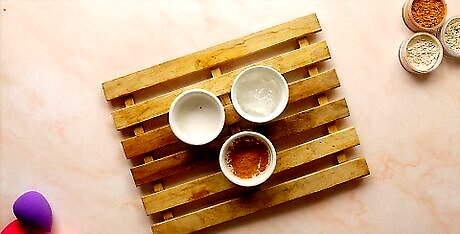
Get creative. Don't be afraid to mix various natural oils, pigments, and thickening agents. You don't need to use commercial moisturizers and synthetic chemical products. Research the effects and interactions of the various ingredients before you put them onto your skin!

Choose your oils. Poke around a local apothecary, drugstore, or health-food store for good candidates. Consider adding vitamins and supplements for added effect. Vitamin E, for instance, can help the skin heal more quickly. Rosehip oil and sea buckthorn oil are supposed to help fight acne. Argan oil can help heal your skin and prevent signs of aging.

Thicken the mixture. Use beeswax; cocoa butter; cupuacu butter; shea butter; aloe vera gel; and/or a vegetable-based emulsifying wax. Each thickening agent has its own unique properties, but they are largely interchangeable when it comes to concealing. Look for recipes that use a specific mix of butters, oils, and herbs.
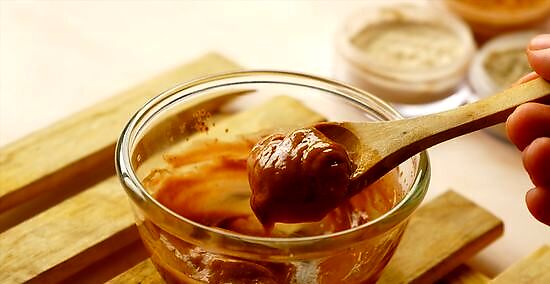
Mix your colors. You can buy pure pigment at beauty-supply stores. Try to get a pigment that matches your skin tone. If you can't find something that fits, a beauty professional might be able to help you pick the right pigments to mix together.
Vaseline and Pressed Powder
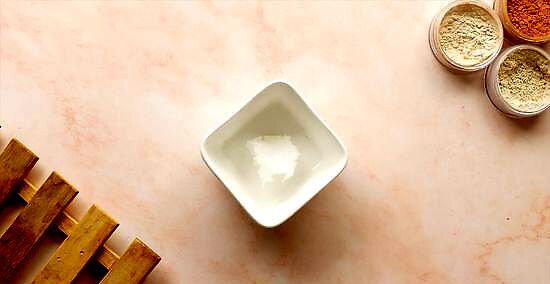
Use Vaseline as the base. Any petroleum jelly will do. A little bit of Vaseline goes a long way, so try not to use too much. Scoop a glob of Vaseline into a small bowl or the palm of your hand.
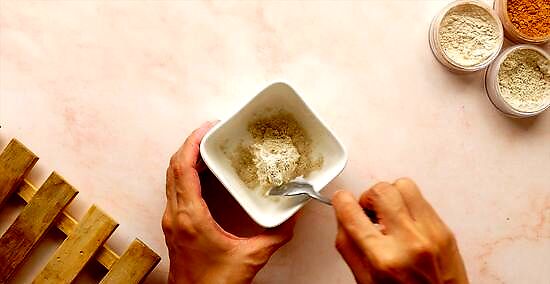
Add pressed powder. Mix thoroughly. Powder helps to set foundation and concealer, which can be useful when you're working with something as oily and viscous as Vaseline. Try to use crushed-up pressed powder, as it is easier to mix and transport than loose powder. If you use loose powder, however, you might be able to get a bit more coverage out of your concealer.

Apply to the spot you want to cover. This do-it-yourself concealer will probably not be as effective as most commercial products, but it should hold you over in a pinch.



















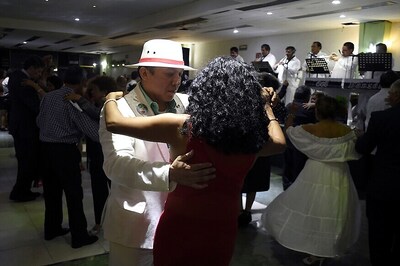
Comments
0 comment